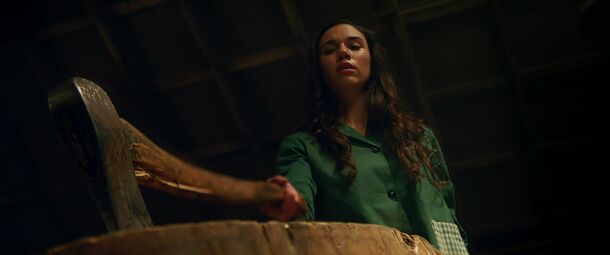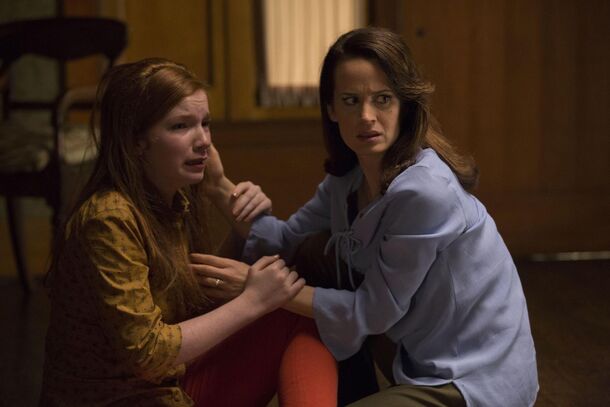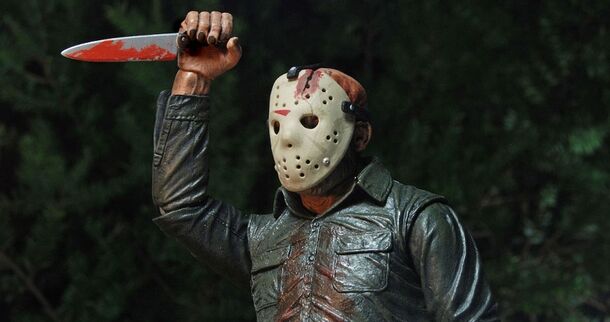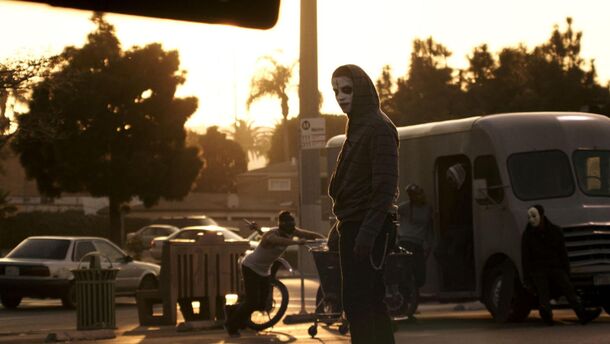5 Horror Remakes That Made Originals Look Like a Haunted House of Cringe

Horror sequels and remakes can be a lot of things. Enjoyable. Tolerable. Profitable. Straight-up terrible. But rarely are they better than the original.
The rarity of a horror sequel surpassing its original makes it that much sweeter.
We ranked the top five horror sequels and remakes – some that improved a franchise, and some that defined it.
Annabelle: Creation
Annabelle was released in 2014 with less than stellar reviews. It fell into the horror trap of supplementing quality fear with jump scares, with the Hollywood Reporter calling it a "compendium of horror movie clichés."

While clichés don't play well with the critics, audiences aren't always as judgmental. It made $257 million on a $6.5 million budget, inspiring its producers to double the budget for its 2017 sequel, Annabelle: Creation.
Creation only made $50 million more than its predecessor, but it was far more preferred by critics. The Hollywood Reporter said it was an "incisive approach" that "capably resets the franchise."
Ouija: Origin of Evil

Ouija was another low-budget film with a big box office in 2014, and it was another critical bomb.
Critics bashed the movie for its clichés and toned-down PG-13 rating, with the San Francisco Chronicle saying it was ruined in the first five minutes.
Set in 1967, Origin of Evil actually made less money than its predecessor, but its 83% rating on Rotten Tomatoes easily beat the former's 7%. The SF Chronicle praised the relationship-building and the self-aware sense of humor.
Little Shop of Horrors

The 1960 often-forgotten original was an early work of filmmaking legend Roger Corman, made in less than three days for $22,500. The comedy-horror ages pretty poorly – understandable for a low-budget, early-career creation.
The 1986 version – directed by Muppets legend Frank Oz – goes down as one of horror history's finest.
It was nominated for two Oscars, with the Chicago Sun-Times calling it "the kind of movies that cults are made of."
Friday the 13th Part IV: The Final Chapter

Slasher movies were in the midst of their golden age by 1980, and Friday the 13th was one of its defining films.
Cinematically, the franchise peaked in 1984 with The Final Chapter. It still cared about the story, letting what's not seen be far scarier than what is.
Like the rest of the series, it didn't garner high critical scores or a big box office pull, but critics called it a perfect way to end the series before it devolved into unwatchable sequels and remakes over the next two decades.
The Purge: Anarchy

2013's The Purge was renowned for its groundbreaking plot: An altered universe where, 12 hours a year, all crime is legal. It ended up bland and predictable.
Its 2014 follow-up, Purge: Anarchy, is anything but. It took the forced politics of the first and actually developed an interesting story with it, while still featuring no-nonsense violence.
There have since been three movies and a TV show with the same premise, but none of them reached their potential like Anarchy.